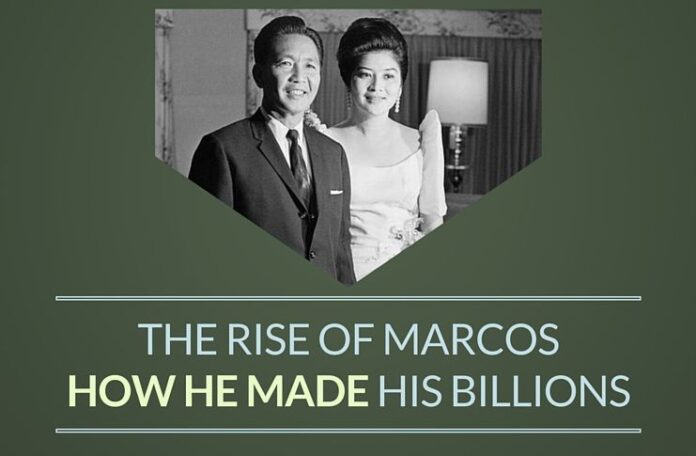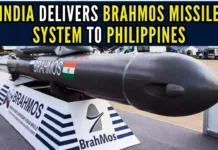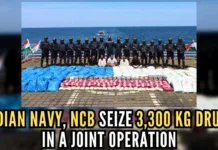
In Part 1 of this series, an introduction to this series and its objectives were mentioned. The next few parts will detail how Marcos of Philippines made his billions and the efforts of the succeeding governments to get it back.
Philippines was colonized by the Spanish in the 16th century and was ruled by Spain till 1898. When it was defeated by the United States (US) in the Spanish-American war of 1898, Philippines became a colony of the US. Uneasy peace prevailed for the next few years as there were skirmishes between Philippine Independence Movement, which objected to foreign occupation and the US. By 1907, the US had full control of Philippines. In 1935 the Commonwealth of the Philippines was established with U.S. approval, and Manuel Quezon was elected the country’s first president. On July 4, 1946, full independence was granted to the Republic of the Philippines by the United States.
To have gunmen is a gangster’s requirement; to have gunmen in uniforms, with all the power of the state behind them, is a gangster’s dream.
Fast forward a few years, and a brilliant lawyer became the 10th President of Philippines in 1965. His name was Ferdinand Marcos. In a period of 21 years, using various methods, Marcos amassed a fortune of about $10 billion dollars. In 1986, the Marcos fled Philippines to settle in Hawaii, US. When they landed at the Hickham USAF base in Hawaii, they had brought plenty of possessions with them.
The official US customs record runs to 23 pages. In the two C-141 transport planes that carried them, they had packed: 23 wooden crates; 12 suitcases and bags, and various boxes, whose contents included enough clothes to fill 67 racks; 413 pieces of jewellery, including 70 pairs of jewel-studded cufflinks; an ivory statue of the infant Jesus with a silver mantle and a diamond necklace; 24 gold bricks, inscribed “To my husband on our 24th anniversary”; and more than 27m Philippine pesos in freshly-printed notes. The total value was $15m. Ferdinand Marcos had amassed a fortune up to 650 times greater. According to a subsequent estimate by the Philippine supreme court, he had accumulated up to $10bn while in office.
Marcos and Imelda used false names to deposit their ill-gotten wealth in the Swiss Banks (there were 69 accounts by the time they were done!). The following four paragraphs, extracted from Nick Davies’ article in The Guardian show how they built their wealth:
In the early years, the PCGG documents suggest, Marcos was naive in his crime. With sacks of cash from rich backers and help from the CIA, the bright young lawyer won elections to congress, then the senate, but he was nothing special, just another “Mr. Ten Per Cent” selling his political influence. After he became President Ten Per Cent in 1965, his income from kickbacks for government contracts increased, but his guile went no further than stashing $215,000 in a New York bank in his own name. As far as the records show, he and Imelda took their first steps to real secrecy on 20 March 1968, when they used false names to deposit $950,000 in four accounts with Credit Suisse, he as William Saunders (he practised his new signature on the headed paper), she as Jane Ryan. By February 1970, the Swiss accounts were so loaded, the couple added an extra layer of concealment, transferring their ownership to foundations registered in Liechtenstein. Then Marcos started to get really clever.
On 21 September 1972, he declared martial law. As his diary records, the Nixon administration consented as he shut down congress, arrested his political opponents, took control of the media and courts, and suspended all civil rights. On the same day – as a PCGG worker pointed out to me with some passion – he took time off to open another Swiss bank account. In his diary a week later, reflecting on his “reforms”, Marcos wrote: “The legitimate use of force on chosen targets is the incontestable secret of the reform movement.”
Over the following nine years, an estimated 34,000 trade unionists, student leaders, writers and politicians were tortured with electric shocks, heated irons and rape; 3,240 men and women were dumped dead in public places; 398 others simply disappeared. With total power over politics, the president closed in on the country’s wealth.
This was no longer just about kickbacks. Marcos started to steal whole companies, using the crude tactics of a gangster. He wanted the nation’s electricity company, Meralco, owned by Eugenio Lopez, patriarch of one of the families who had run the country for centuries. He had Lopez’s son charged with plotting to assassinate him, which carried the death penalty. The old oligarch handed over his company for $220 (it was worth $400m). To have gunmen is a gangster’s requirement; to have gunmen in uniforms, with all the power of the state behind them, is a gangster’s dream.
Click here for the next part in #BringBackBillions Part 3 – Recovery using PCGG
Note:
1. Text in Blue points to additional data on the topic.
- Indian Parliament’s Special Session is convened to mark the shifting to new Parliament building - September 3, 2023
- Why did Rajat Sharma of India TV not declare that Adani owns more than 16% shares in his channel? - January 29, 2023
- Prannoy Roy to get Rs.605 crore from Adani as per Stock Exchange filing. Why is Income Tax not acting on Roys’ dues of over Rs.800 crore? - January 4, 2023










